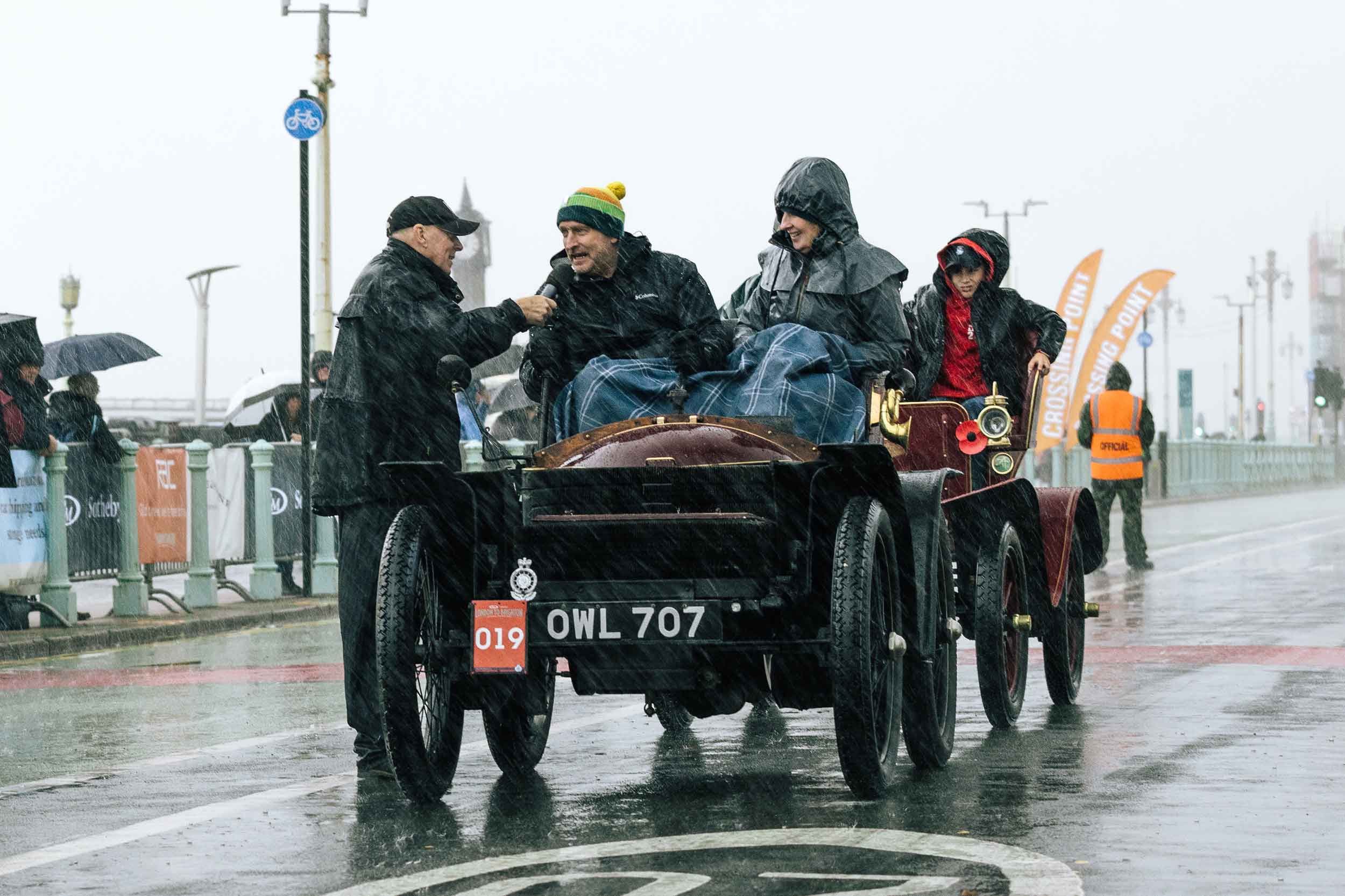If the 1896 Emancipation Run was the grand unshackling of the British motorist – no more chaps with red flags plodding in front of the car – then the 1000 Mile Trial four years later in 1900 was the moment motoring itself came of age.
And this year’s RM Sotheby’s London to Brighton Veteran Car Run is tipping its well-oiled hat to that very turning point in mechanical history.
Come Sunday 2 November, a particularly venerable veteran – the Wolseley Voiturette affectionately known as ‘OWL’ – will be leading a magnificent procession of pre-1905 machinery away from Hyde Park. It’s all to mark the 125th anniversary of the 1000 Mile Trial, a heroic event that not only proved these new-fangled ‘automobiles’ were more than just glorified garden furniture, but did it in the style and grit of a golden age.
Back in 1900, Britain was still knee-deep in cart tracks and horses, so what better way to demonstrate the potential of motorised travel than to take 83 intrepid machines on a grand tour from London to Edinburgh and back, via a whole host of towns that had never seen such sorcery. By the time the wheels stopped turning in the capital on 12 May, 35 cars had completed the full journey – not a bad tally considering the mechanical fragility and axle-deep mud of the age.

Among them was OWL, a cheeky little Wolseley 3.5hp designed by none other than Herbert Austin himself. Made in Birmingham, and driven by Lord Austin for the duration of the 1000 Mile Trial, OWL earned first prize in its class. These days, it resides in the British Motor Museum at Gaydon – a quieter life, though no less respected. This year, it’ll enjoy a more public role once again, leading the Veteran Car Run from Hyde Park as a rolling tribute to the audacity of the 1900 adventurers.
Joining OWL in those early days was a cast list that reads like a who’s who of pre-war motoring: John Montagu MP in a Daimler 12hp (still on display at Beaulieu), Charles Rolls in a Panhard, and the great Selwyn Edge, racer and gentleman, in a Napier. These weren’t Sunday drivers; they were pioneers – part mechanic, part explorer, wholly mad – and they laid the foundations of what we now call car culture.
Duncan Wiltshire, Chairman of the Royal Automobile Club, perhaps put it best: “It’s hard to overstate the incredible significance of the 1000 Mile Trial – it really put both the joys and practicalities of motoring on the map.” Quite right too. Without that moment, we might still be riding shire horses to the shops.
As a nod to the past and a celebration of endurance, OWL will not only lead the 60-mile route to Brighton – a veritable stroll compared to its original challenge – but also be showcased at the Royal Automobile Club’s first-ever Club Concours at Woodcote Park on 9 July. It’s a fitting platform for a car that has clocked up 39 London to Brighton runs and remains a paragon of Edwardian engineering.
For those unfamiliar, the Veteran Car Run is unlike any other motoring event. It’s not about speed, power, or even style – though there’s plenty of that in its own brass-and-leather way. It’s about honouring the machines and the minds that got us rolling in the first place. And this year, more than ever, it’s about remembering the sheer audacity of taking a car halfway up the country and back when most of the roads were fit only for hooves and handcarts.
So, if you find yourself in Hyde Park on the morning of 2 November, doff your cap to OWL, to Lord Austin, and to all the brave souls of 1900. Because without them, we might all still be waving red flags.












